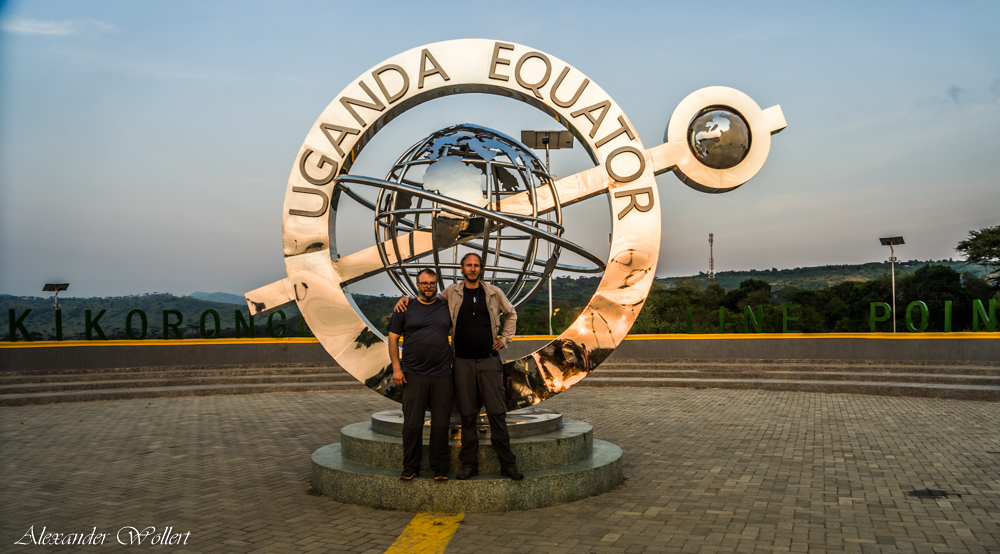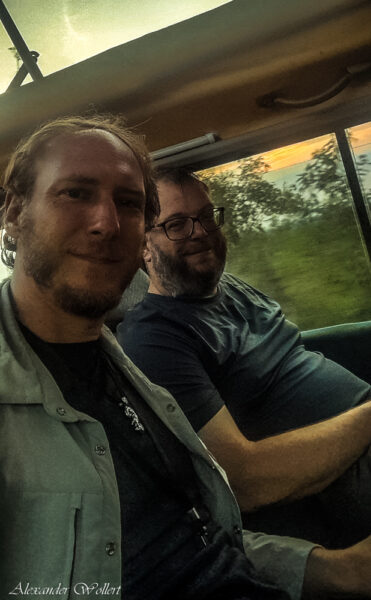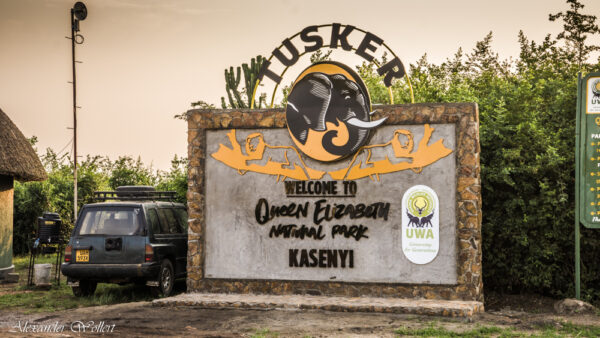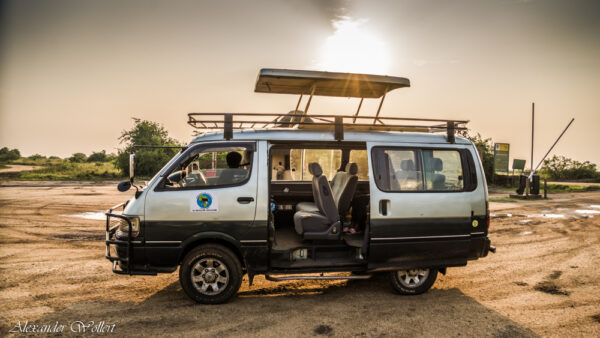Diary Entry
It is 4:15 am when I pack up my tent in the dark. Then we set off. We drive further south to go on safari. We stop at a gas station to buy biscuits and water. That is our breakfast.
So far we have had a really interesting trip. Through Winnie we got to know the capital Kampala and its people, and with Stephen we explored the kingdom of Tooro and the volcanic lakes.
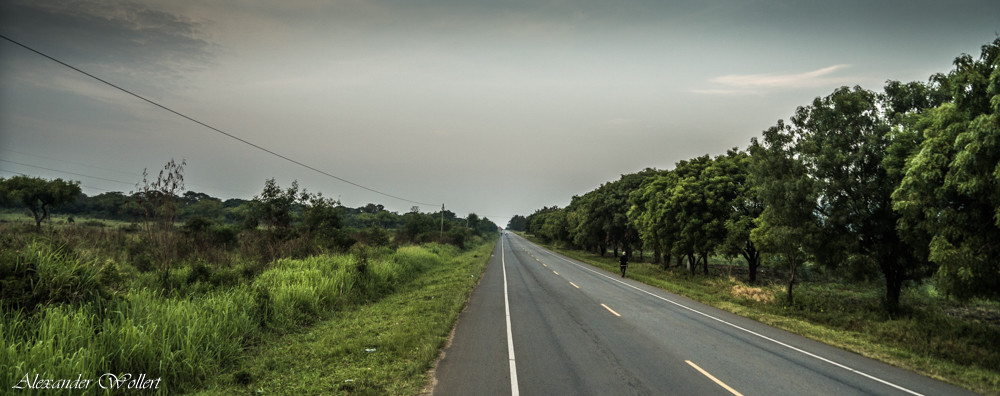
The journey has only just begun and so many adventures lie ahead. The first of them begins now!
Shortly before Queen Elizabeth National Park we cross the equator. A yellow line marks the border between the southern and northern hemispheres and a stately statue celebrates this special point.
Of course, we take pictures of this. Two years ago, Uwe and I stood at the equator, but on a different continent. In Ecuador, South America.
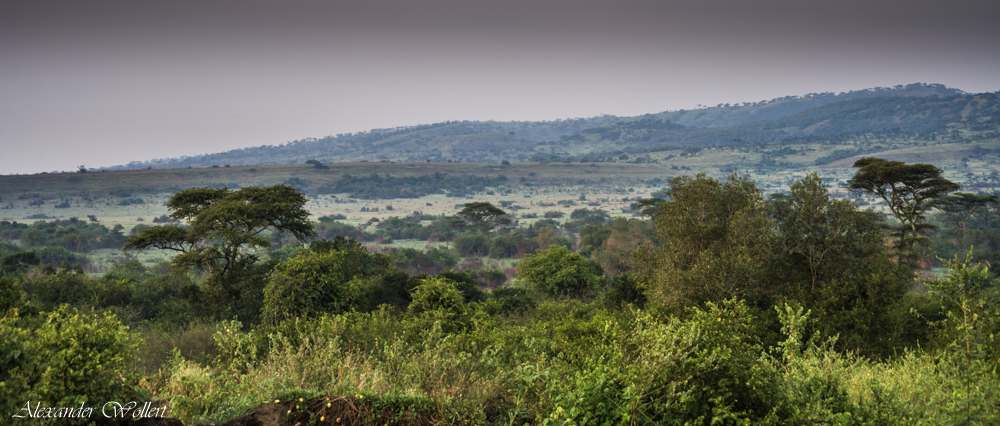
Even before we reach the gates of the national park, we see animals that care little about boundaries. A few impala antelopes casually cross the road and a bull elephant picks an acacia tree.
A tree is completely taken over by a colony of weaver birds. The beautiful yellow birds with red beaks hang their nests on the branches and raise their young in the small hollows.

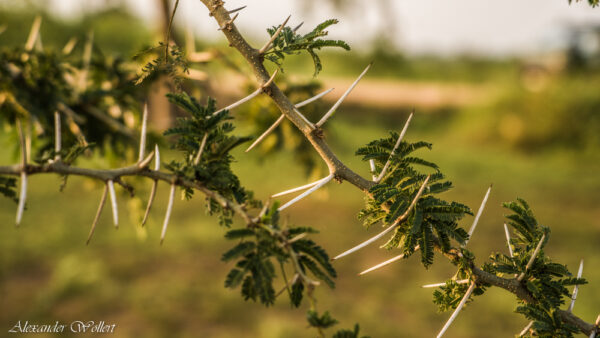
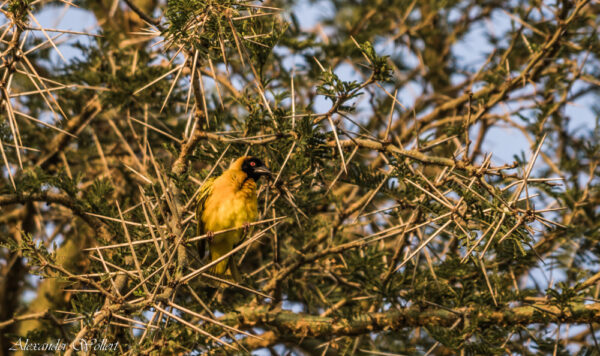
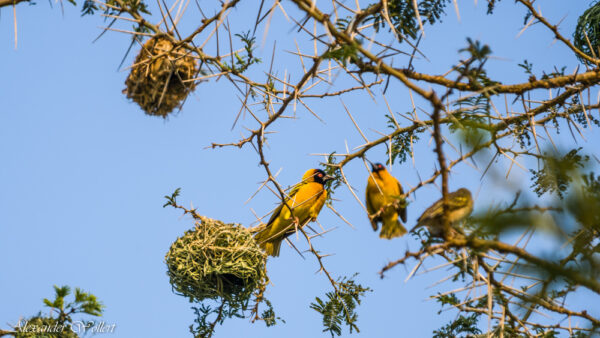
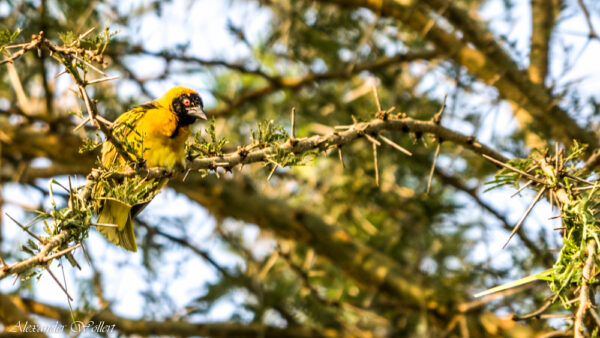
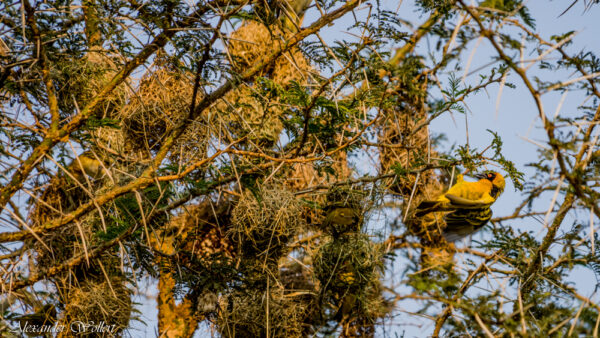
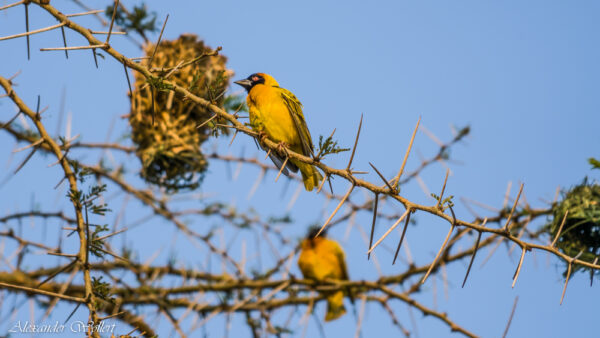
I remember the old documentaries, like “Animals on Camera” – finally I see these animals myself and in front of my own camera



There it is, the savannah. A large landscape of grass, with scattered trees and small islands of bushes. We see mostly buffalo. Many herds of the black animals, which are so strong that only weakened individuals are an option for the lions. We see many antelopes. Contrary to my expectations, however, we do not see them in large herds, but only in small groups.
Many antelopes sit alone in the grass and look around. They seem like a gift for lions. In fact, we see three large lions roaming through the grass, not far from one of these sitting antelopes. But surprisingly, the lions ignore the meal on the platter.
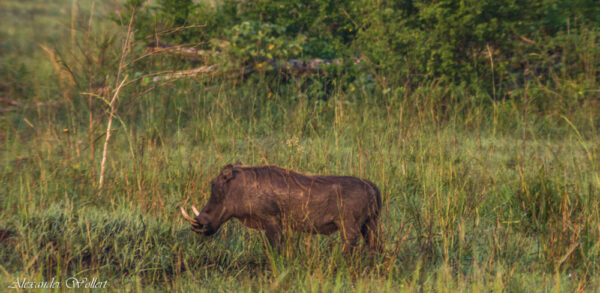

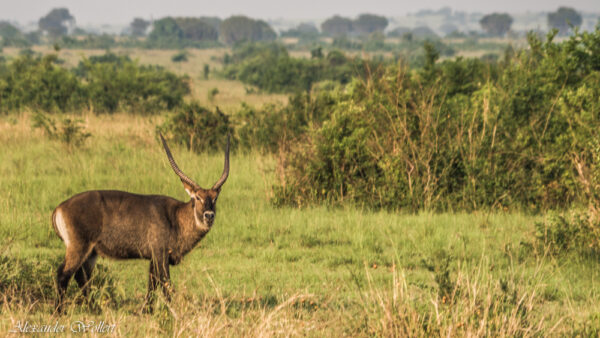
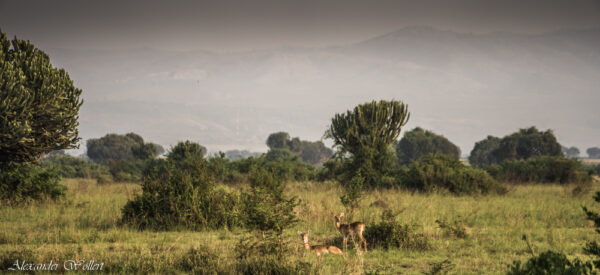
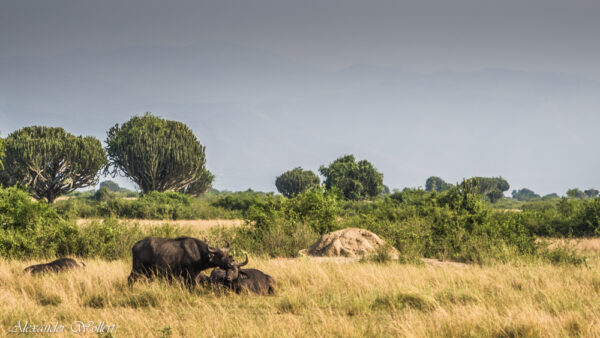
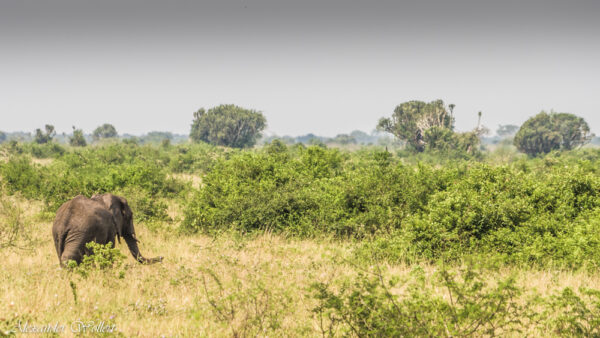
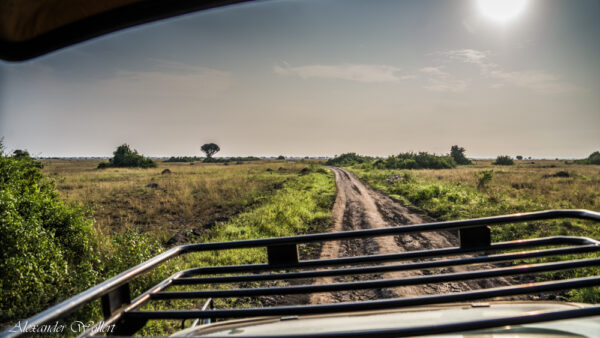
We also see many families of warthogs. I didn’t think these pigs were so big. And then there’s a single hippo trampling through the savannah. How did it get here? There’s no waterhole nearby.
However, the rainy season is approaching. It is already raining more frequently and the savannah is green.
It is easier to find animals in dry periods. All you have to do is travel to one of the remaining waterholes and wait there.
Although we are directly on the equator, it is not particularly hot. However, the savannah is also at an altitude of 1200 meters.

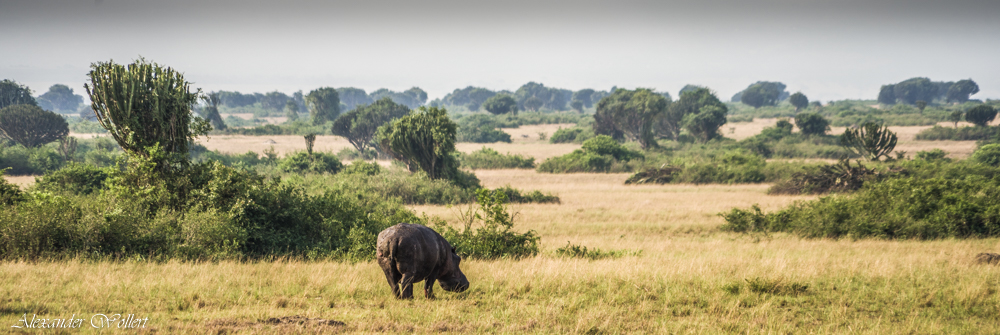

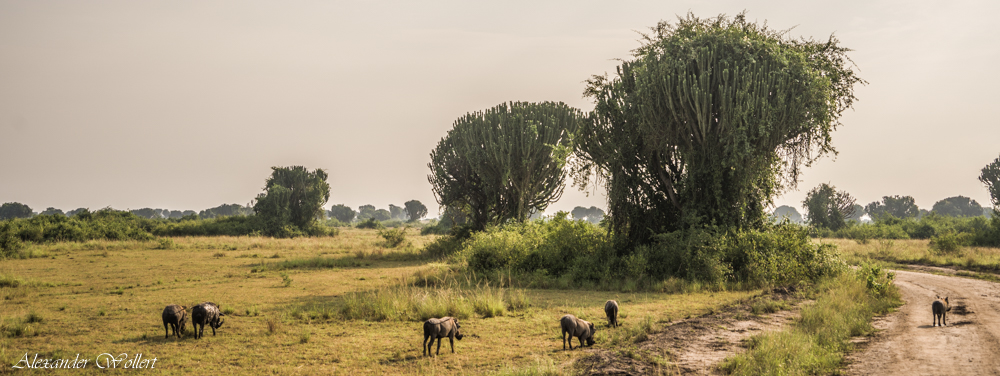
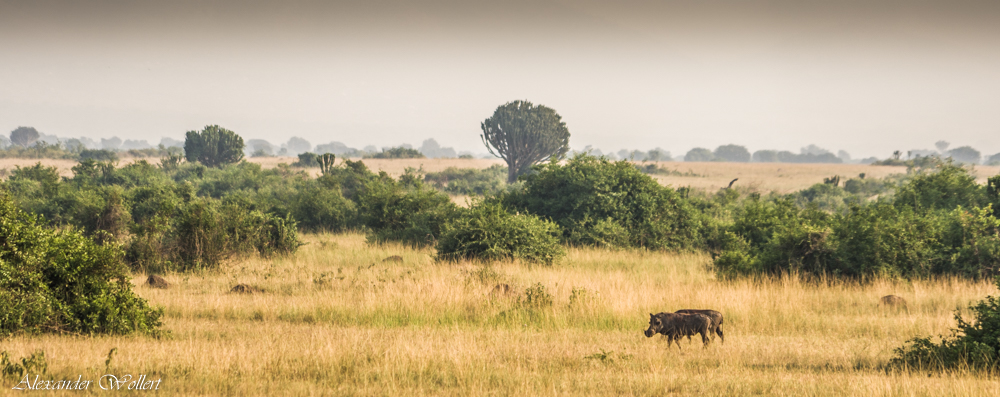
I thought it would be hot in the savannah –
But it’s cold. We are at an altitude of 1200 meters!


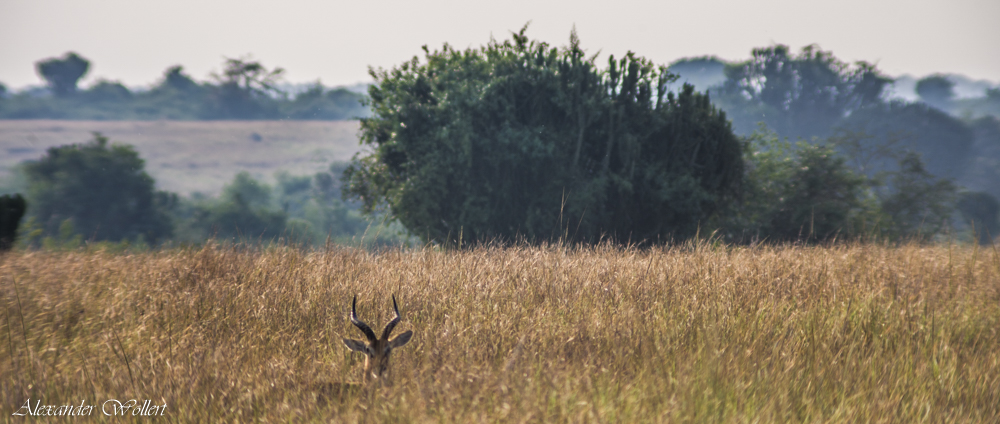
Want to see more of my trip through East Africa? Check out my full route!
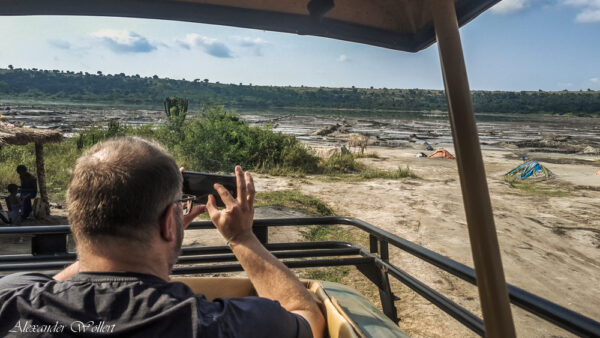
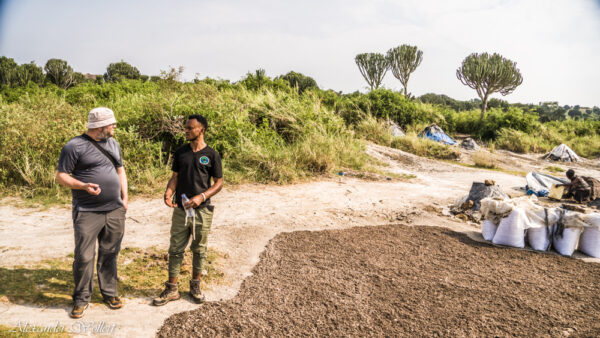
Unfortunately, we don’t get a great shot of lions. We finally reach a salt lake in the middle of the park, which is used commercially by people to extract salt. There are flamingos in the middle of the lake. A man tells us about the pink salt that is extracted in the small salt mines.
The color, like the color of the birds’ plumage, comes from the red algae in the lake. However, you can hardly see them. The body of water is a crater lake and the bottom consists of ash.

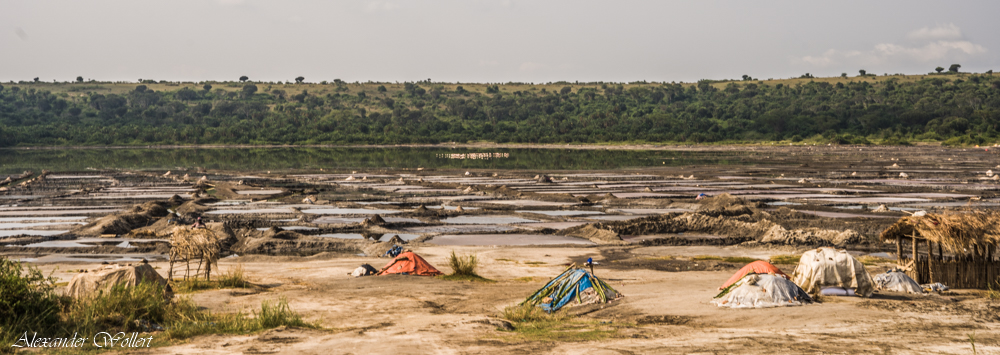
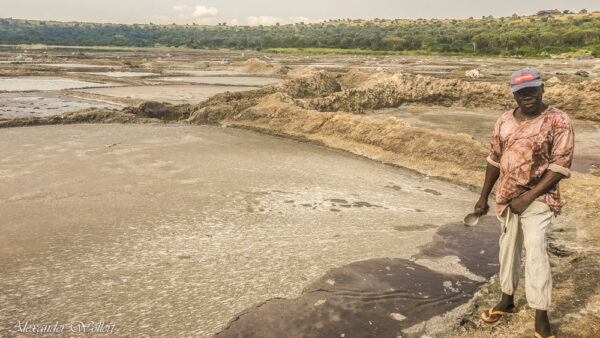
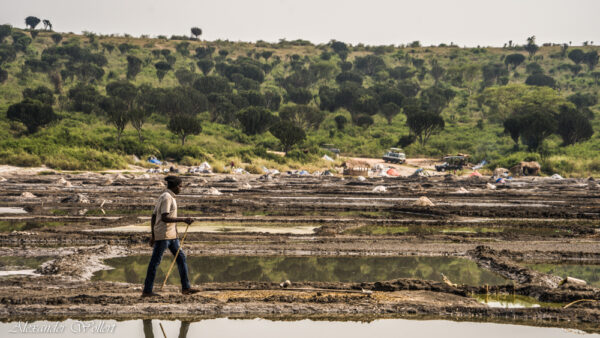
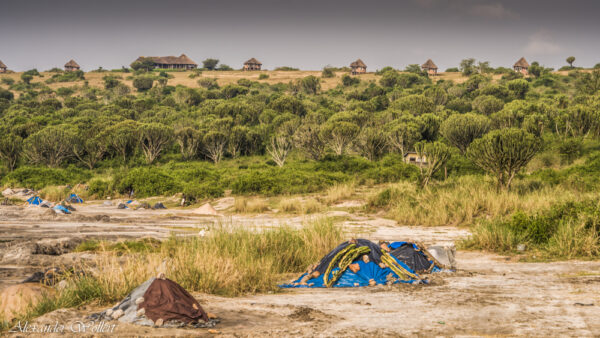
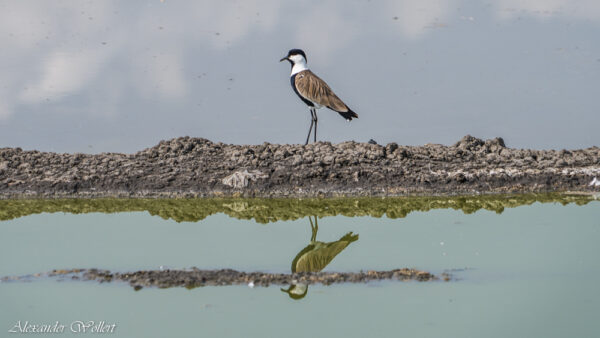
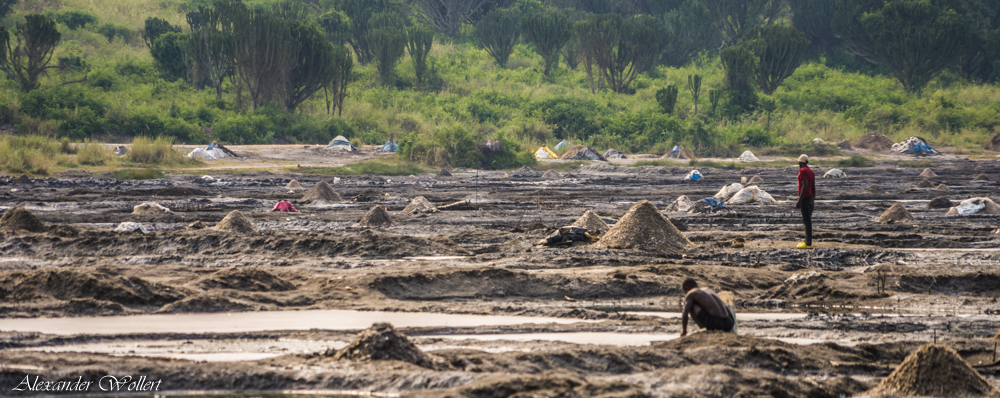
The black mush forms the soil. The small pools are filled with water and the volcanic shelter slowly boils the water and expels salt from the soil, which then collects on the water surface and is eventually harvested.
Small piles of salt are waiting here and there to be collected. The man named Richard also says that the animals of the savannah often come by for a bath. The salty water works wonders against all the parasites on the skin.
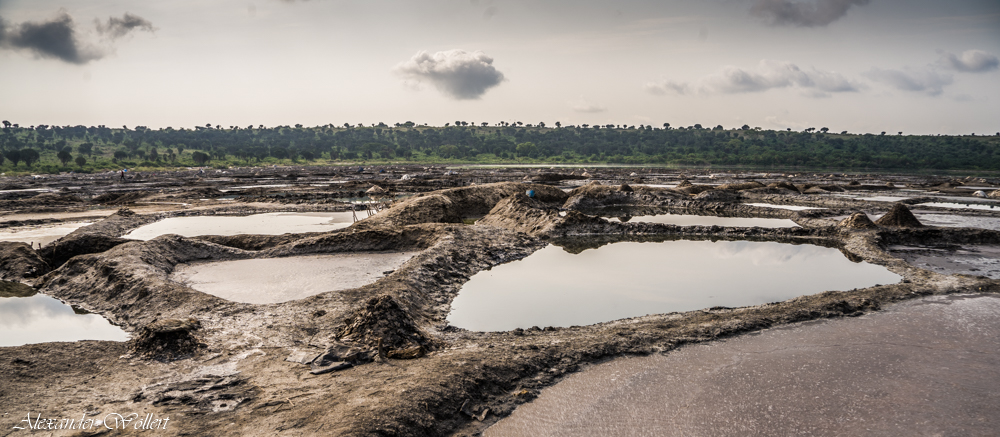
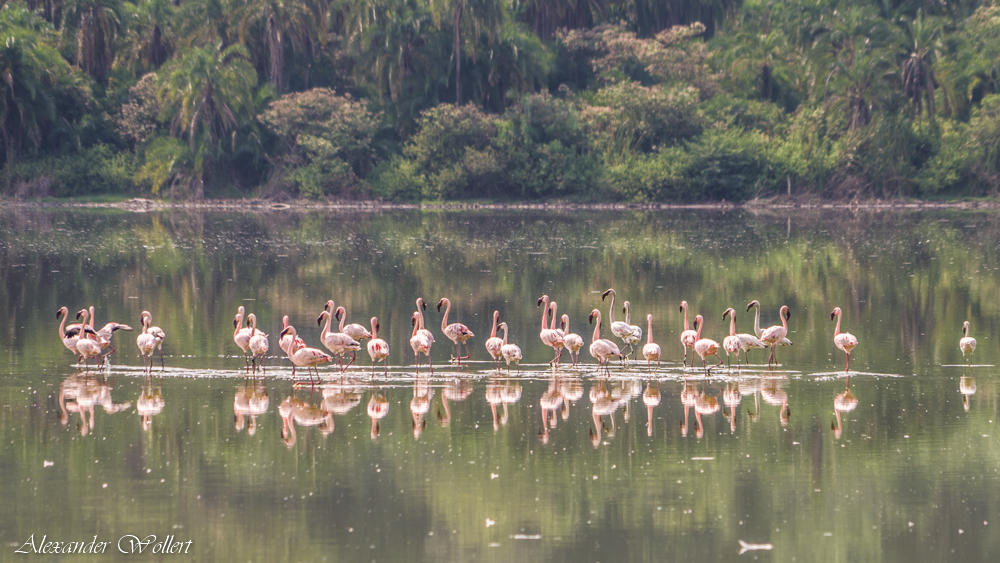
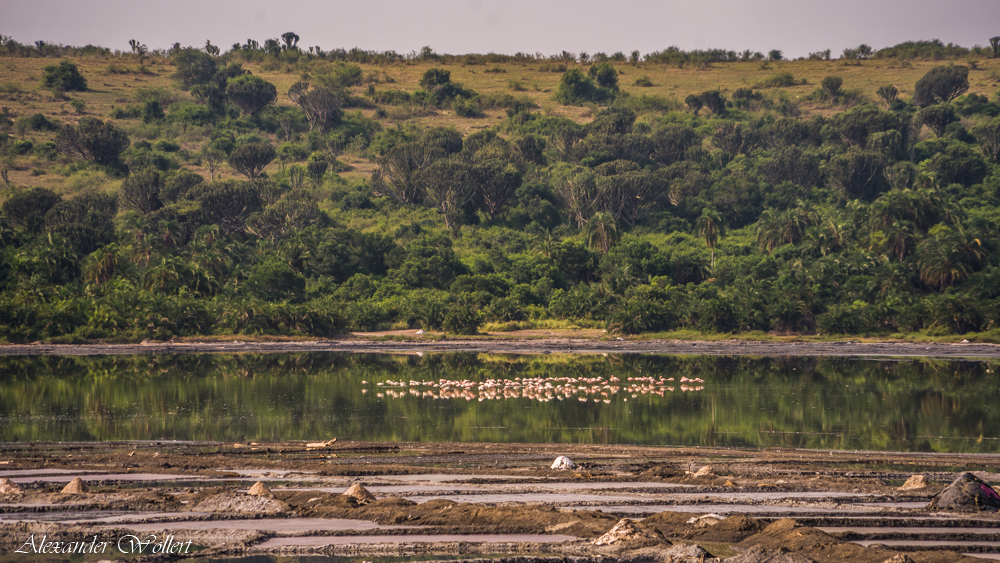
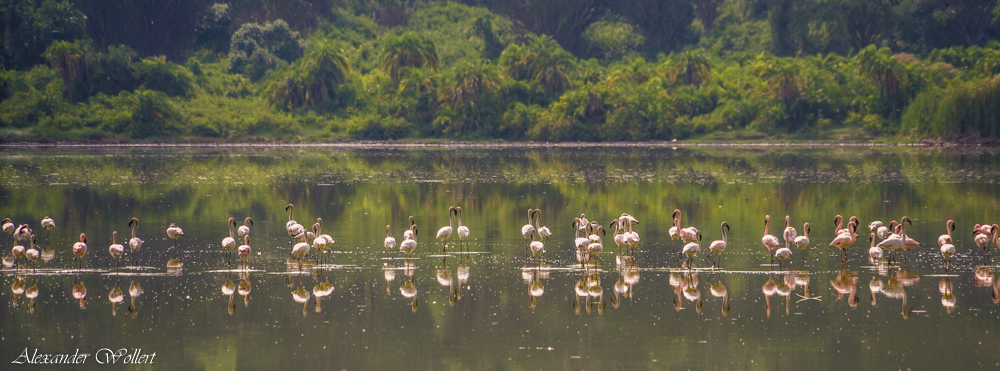
After the salt lake, we leave the Queen Elisabeth National Park for the time being and drive to the nearby Kazynga Canal. There we take a breathtaking boat trip.
This channel separates Lake Edward from Lake George and is a major habitat for birds, hippos and crocodiles.
In the afternoon we continue our journey. We have to head south to reach the mountains where the gorillas live. To do this we have to drive through the Queen Elisabeth National Park and the Kigezi Game Reserve along the border with the Democratic Republic of Congo.

Clouds appear out of nowhere. It starts to rain

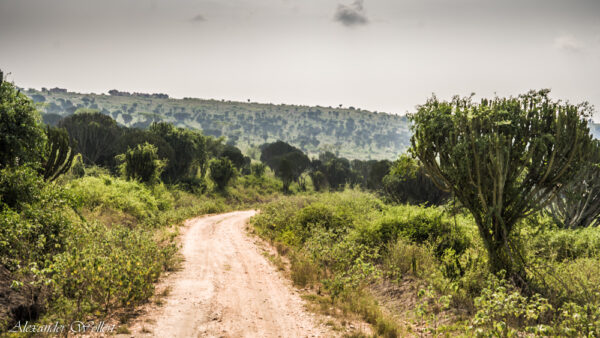
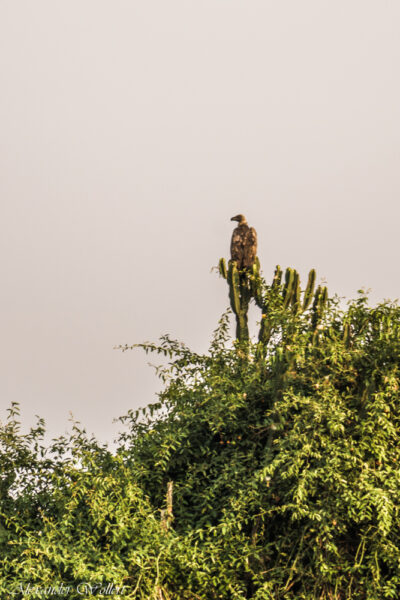
Finally lions!
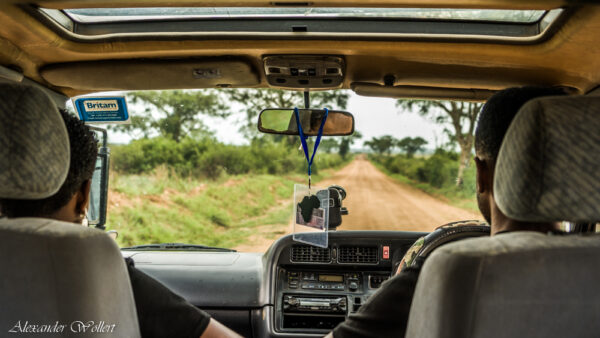
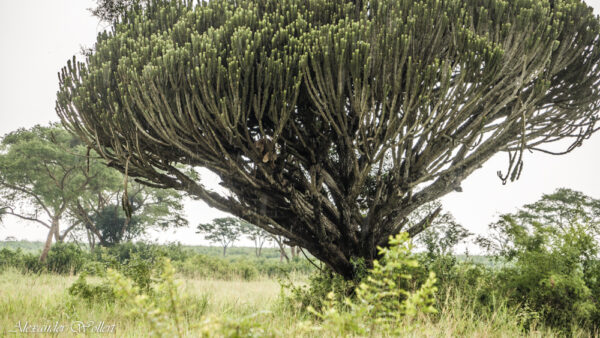
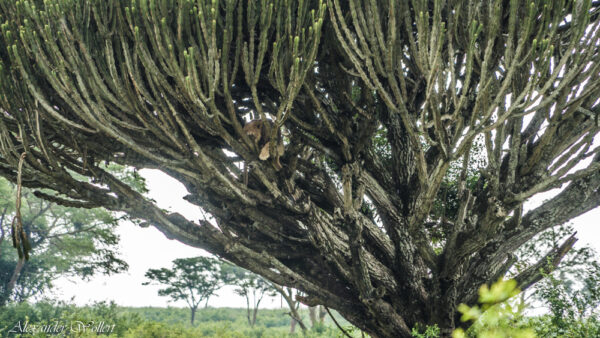
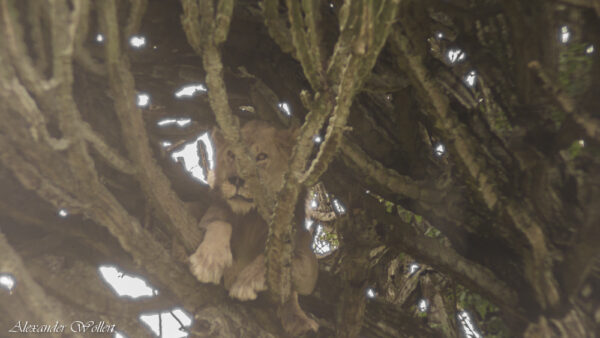
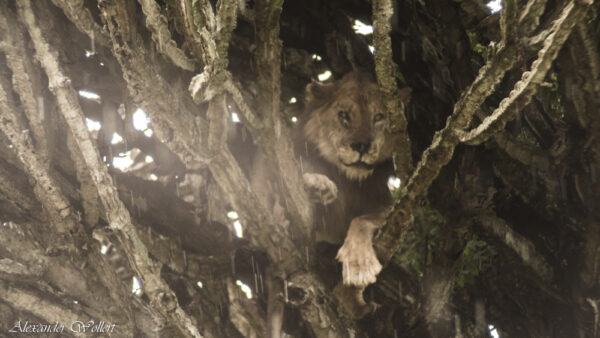
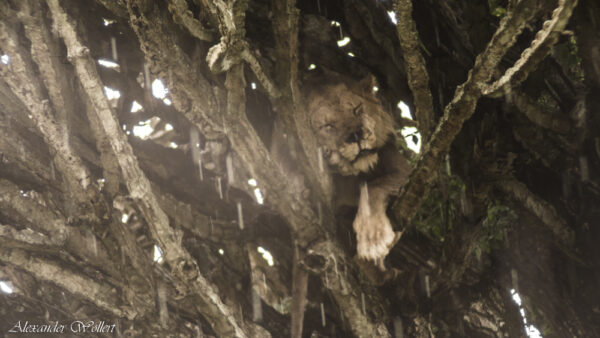
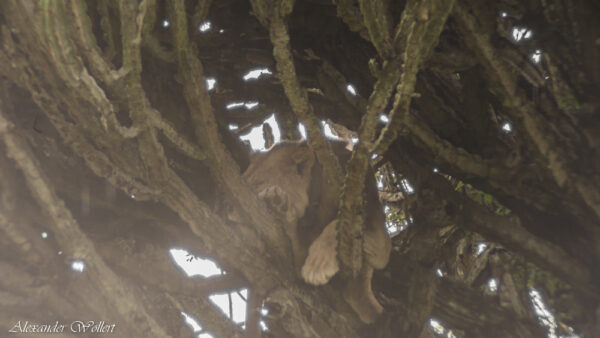

The journey takes us again along a small gravel road across the savannah. The track is littered with elephant dung.
We don’t see any elephants, but we finally see lions. Three lions have settled down in a cactus tree for a nap.
We are just able to take a few photos before a rain shower starts. One of the lions looks directly at me as I say goodbye.
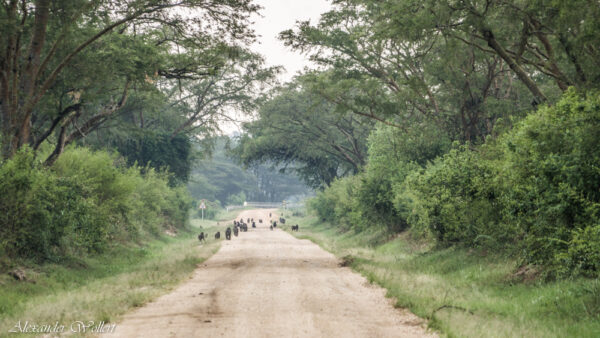
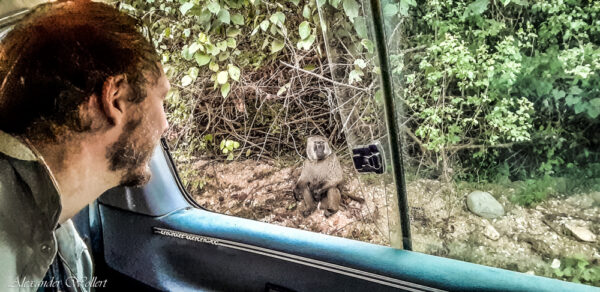
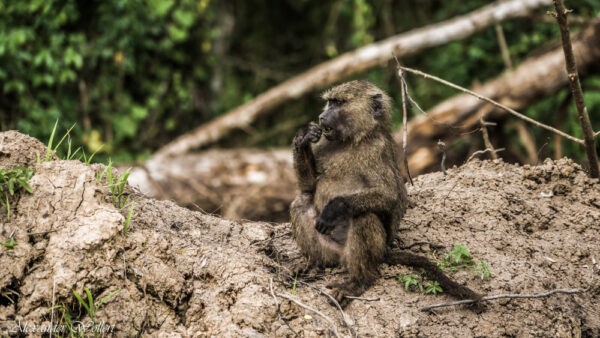
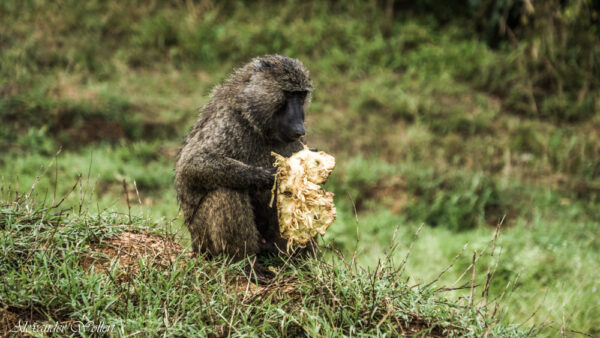
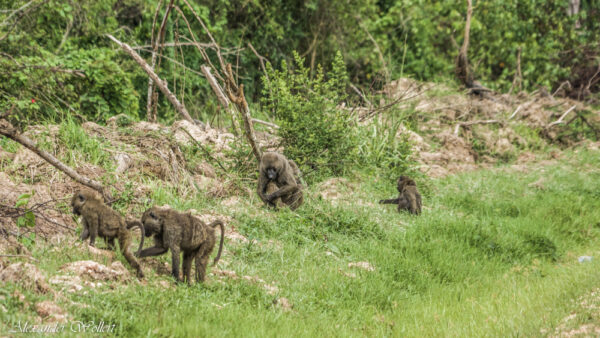
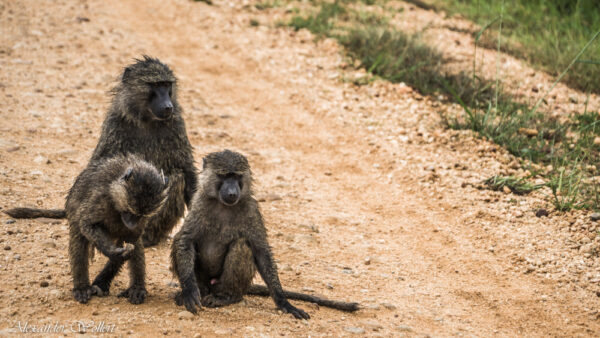
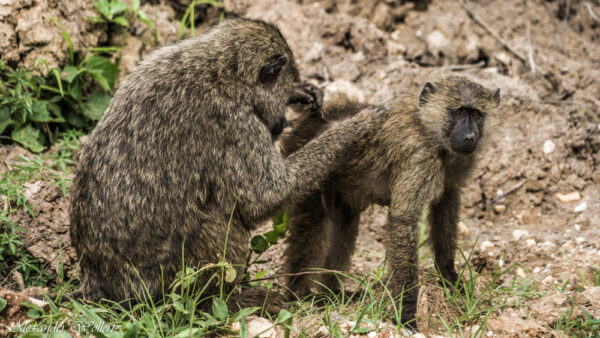
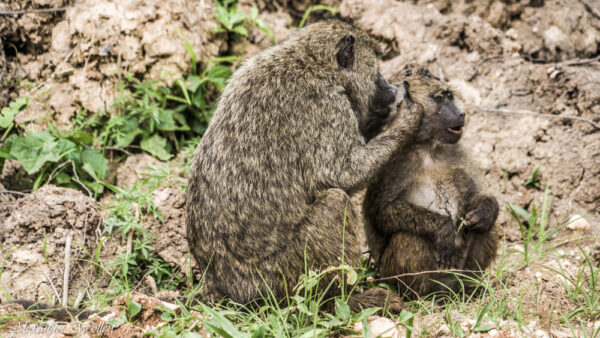
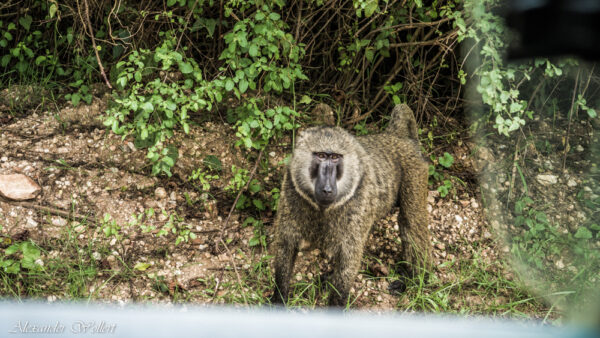

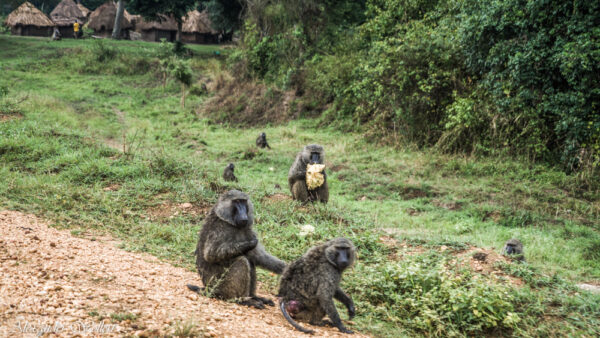
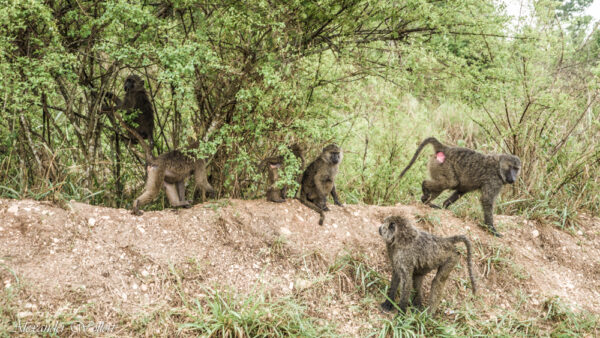
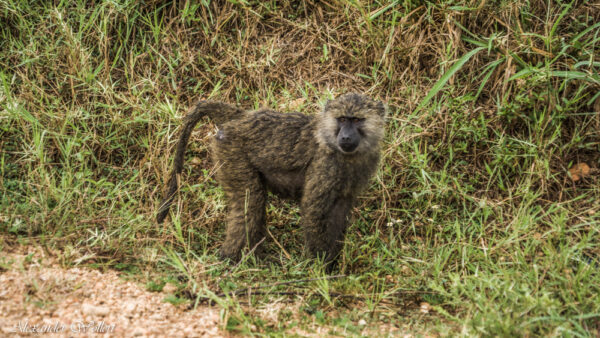

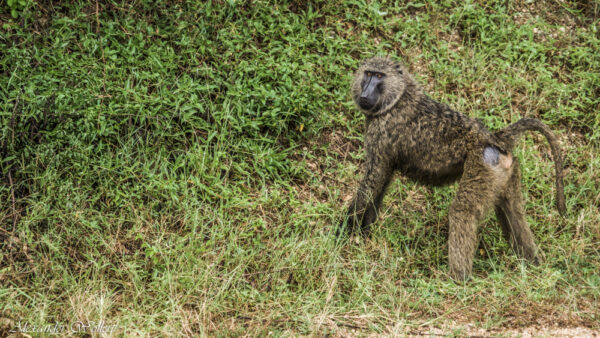
The route remains exciting. In addition to more springboks, buffaloes and warthogs, we see monkeys and, above all, lots of baboons.
The primates are not afraid of anything and only reluctantly let us pass in the car.
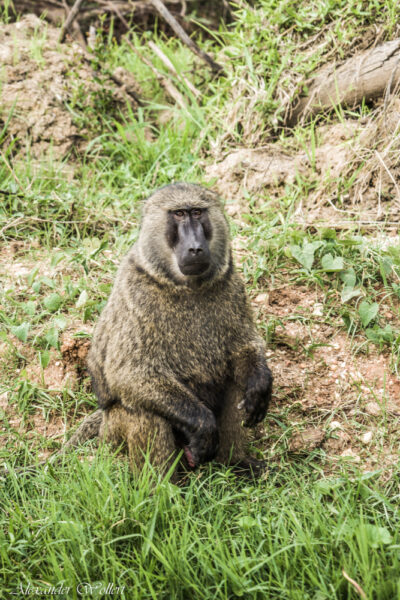
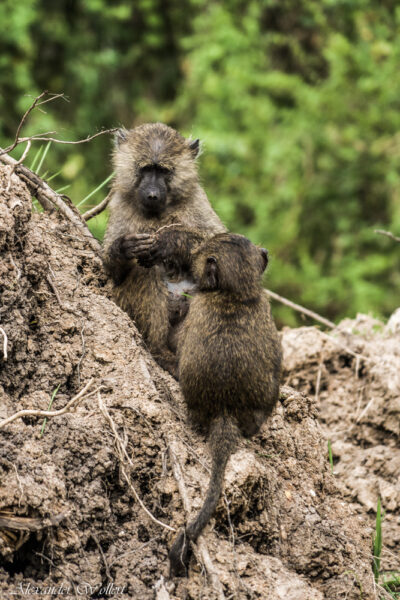

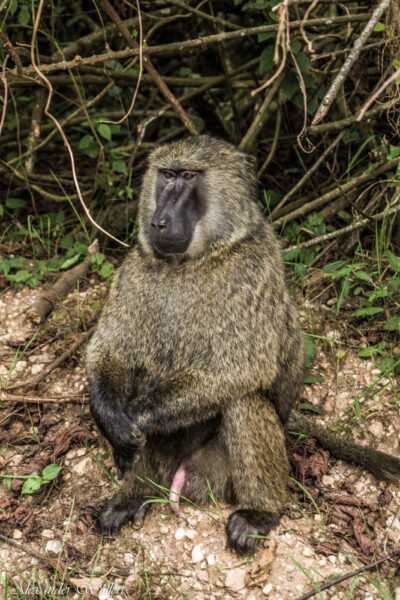
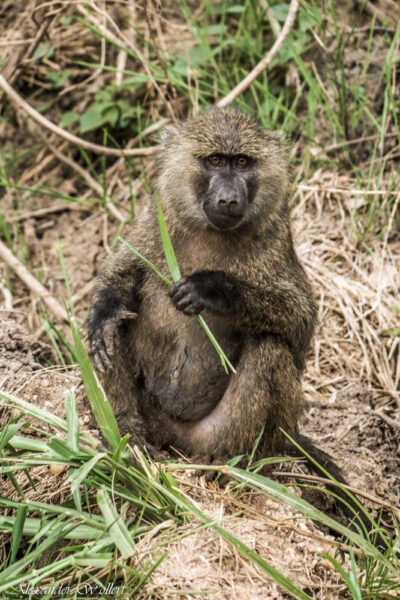
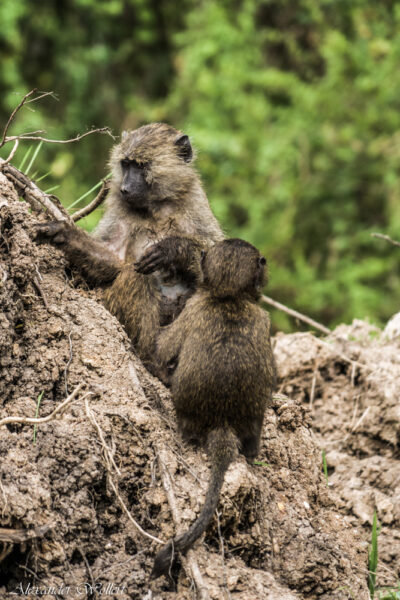
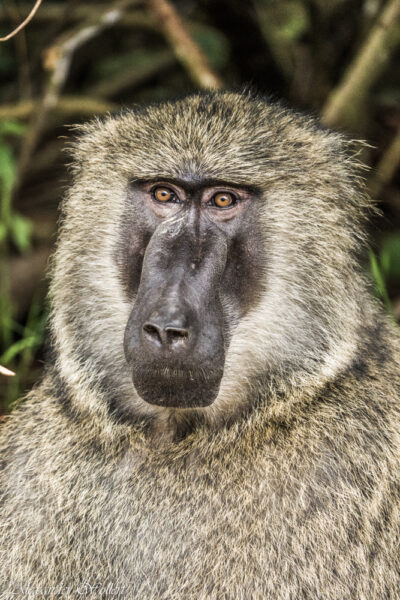
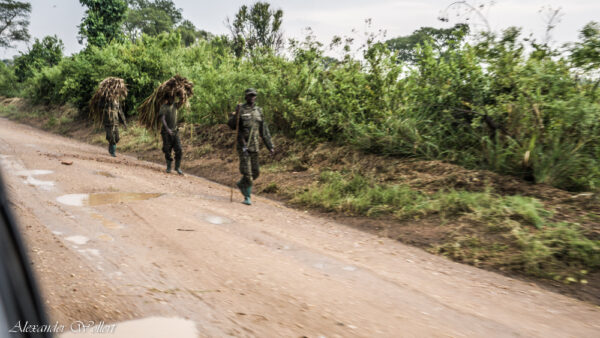
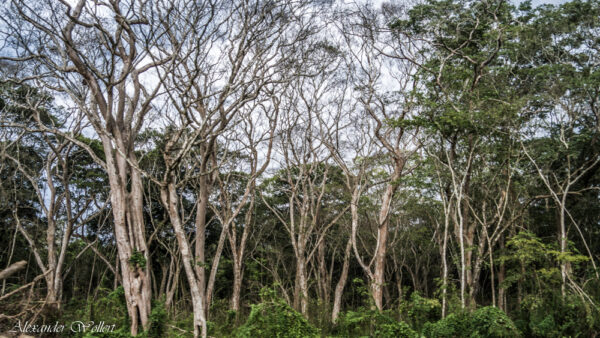
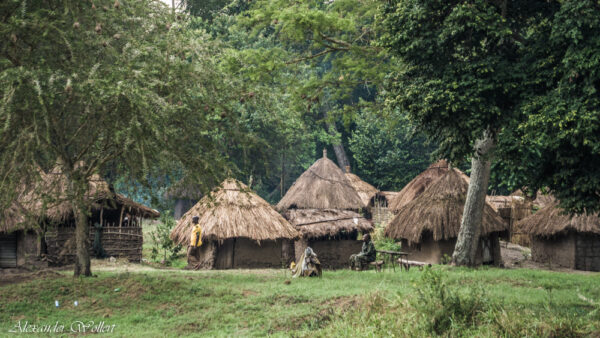
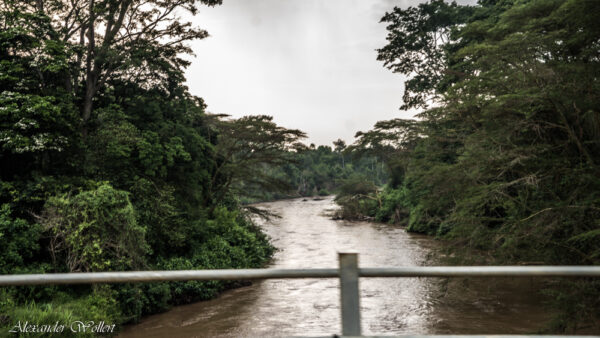

It is late in the evening again when we reach the lodge near the Bwindi Impenetrable Forest and set up our tents there. We are deep in the jungle. During the night monkeys fight around my tent, screaming loudly.
Tomorrow we will get up early again because then we have to hike through the dense rainforest up into the mountains to visit the gorillas.

